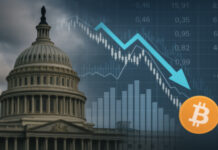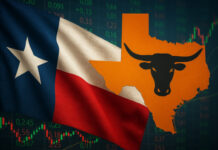You’ve heard this before … “If inflation is moderating why do I always seem to have less money?” Well, it’s tricky and can be rather confusing. Especially since COVID.
“Official” inflation numbers like the Consumer Price Index (CPI) and Producer Price Index (PPI) are certainly not reflective of what consumers actually pay. This probably comes as no surprise to most, but the real surprise comes from how actual costs differ from the presumed rate of inflation.
So while inflation has indeed moderated from roughly 9% to the current 3.5%, the actual cost of daily life has increased in excess of the “official” rate of inflation. Why? New fees. New charges. Higher taxes. New “add ons.” Since the COVID disruption, businesses decided to not only pass their increased costs on to customers (inflation) but to also pass their operating costs on to customers as well. Additionally, new sources of revenue were discovered. These new innovative ways of doing business are not included in the “official” inflation numbers.
OK, so what are we talking about? Well if you’ve traveled recently, you may have experienced first hand how your total costs far outpaced inflation. Say your irline ticket from New York to Los Angeles was $250, up 3% from last year. Right in line with inflation. But, fees for seat selection, using the overhead bin, early boarding fees, etc. might add and additional $50 to your trip. That 20% is not included in inflation numbers (of course, if you flew first class none of that applies).
Hotel? The room rate may also be only 3% higher (again, right in line with inflation) but that’s only the beginning of your actual cost. Tack on resort fees (even if you don’t use the facilities), a daily housekeeping fee, state tourism taxes, overnight parking fees, etc. BUT, wait for it, the most incredible of all?
“A nightly hotel occupancy fee of 9% of room rate (plus applicable taxes) will be applied to all reservations. This fee is intended to offset expenses and support such items as public transportation, associate housing, select property offerings, and other associate benefits throughout the year.” (Montage, Big Sky, MT)
In other words, the resort is passing along their employee costs to the guest rather than increase the actual room rate. Clever.
Eating out? Experiencing higher costs, more restaurants are tacking on extra charges. They call them “surcharges.” These “surcharges” can be up to 5% and may cover employee health insurance, credit card transactions and….AND….even tap water(!).
Again, passing the restaurant’s operating costs on to the customer so they don’t have to raise menu prices…..as much. The total cost of eating out is far in excess of “official” inflation. And, by the way, surcharges are NOT included in the inflation numbers.
So what next? Will supermarkets begin charging for use of the shopping cart? Gas stations charging a “pump use fee” to fill the car up? Now that’s “revenue innovation”.
Don’t be confused. Inflation and consumer’s direct cost of living expenses are two different things.







